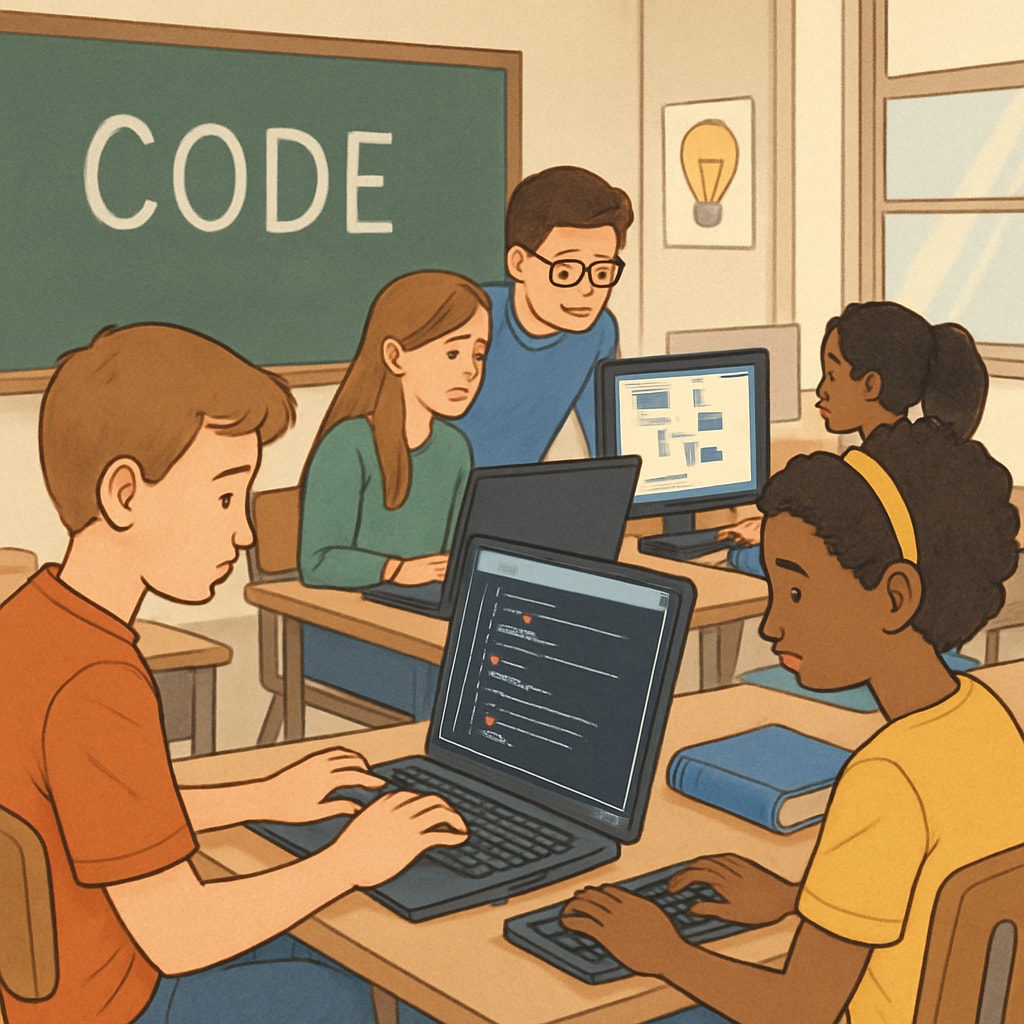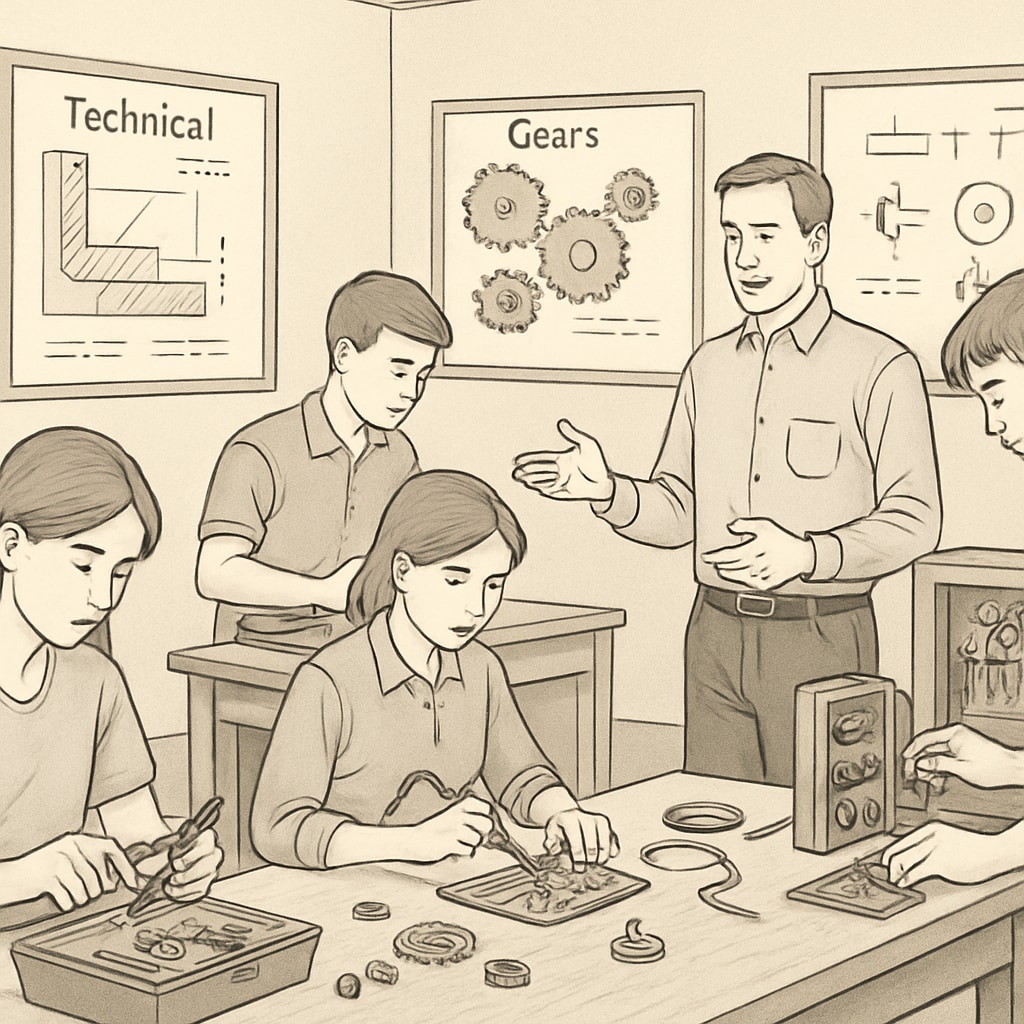In the evolving landscape of education, achieving a balance between career and technical education (CTE) and traditional academic subjects within K-12 school district structures has become a pressing priority. Traditional subjects such as math, science, and literature have long been seen as the foundation of education, while CTE programs focus on hands-on, career-oriented training. Striking a balance between these two approaches could empower students to meet both academic and workforce demands in the 21st century.
The Importance of Integrating CTE and Traditional Academics
Historically, education systems have often viewed CTE and traditional academic subjects as separate entities. Traditional academics emphasize theoretical knowledge, while CTE nurtures practical, job-ready skills. However, with the rapid pace of technological advancement and the shifting demands of the global workforce, this dichotomy is no longer sustainable. Schools must find ways to integrate the two to prepare students for a future where adaptability, critical thinking, and technical expertise are equally important.
For example, combining STEM (Science, Technology, Engineering, and Math) education with CTE programs in fields like robotics or digital design can create a holistic learning experience. This integration not only equips students with applicable skills but also reinforces their understanding of core subjects in a real-world context.

How School Districts Approach CTE and Traditional Subject Balancing
Different school districts have adopted diverse approaches to embedding CTE within traditional academic structures. Some districts have opted for a “dual-learning” model, where students split their time between CTE courses and traditional subjects. Others have embraced a fully integrated model, embedding career-focused projects and skills into regular coursework.
- Dual-Track Systems: These systems allow students to choose a vocational pathway while still completing their core academic subjects. For example, a student interested in healthcare might take biology alongside a CTE course in medical assisting.
- Integrated Learning Models: In this approach, CTE is woven directly into traditional academics. For instance, an English class might focus on writing technical manuals, or a math course could include lessons on budgeting for a construction project.
- Partnerships with Industry: Many districts collaborate with local businesses to offer internships and apprenticeships, providing students with practical experience while maintaining their academic studies.
These models highlight the versatility of CTE programs and the potential benefits of blending them with traditional curricula. However, implementing such strategies often requires significant restructuring and investment in teacher training, curriculum development, and infrastructure.

Challenges and Solutions in Building a Balanced Education Framework
While the benefits of integrating CTE and traditional subjects are clear, there are inherent challenges. These include limited funding, teacher shortages in specialized fields, and resistance from stakeholders who may view CTE as less academically rigorous.
To address these challenges, education leaders can consider the following strategies:
- Professional Development for Educators: Providing teachers with training that bridges academic and technical instruction ensures effective delivery of integrated curricula.
- Flexible Scheduling: Schools can adopt flexible schedules that allow students to engage in both academic and vocational learning without compromising either.
- Policy Advocacy: Advocating for state and federal policies that increase funding for CTE programs can help districts overcome financial barriers.
- Community Engagement: Involving parents, industry leaders, and local organizations in curriculum planning helps align educational outcomes with workforce needs.
By addressing these obstacles, districts can create a more equitable and effective education system that benefits all students.
The Future of K-12 Education: Toward a Unified Model
As technology continues to reshape industries, the demand for workers who can adapt to new tools and methods will only grow. A unified education model that integrates CTE with traditional academics offers the best chance of preparing students for this future.
For educators and policymakers, the key lies in developing curricula that are both flexible and forward-thinking. This might involve adopting competency-based education models, where students advance based on skill mastery rather than seat time, or leveraging technology to deliver personalized learning experiences. Additionally, fostering a culture that values both academic and technical skills equally is essential for long-term success.
Ultimately, achieving a balance between CTE and traditional subjects is not just about preparing students for jobs—it’s about equipping them with the tools to thrive in an unpredictable world.
Readability guidance: Use concise paragraphs and bulleted lists to break down complex ideas. Distribute transitional words evenly, and ensure that passive voice usage remains minimal.


